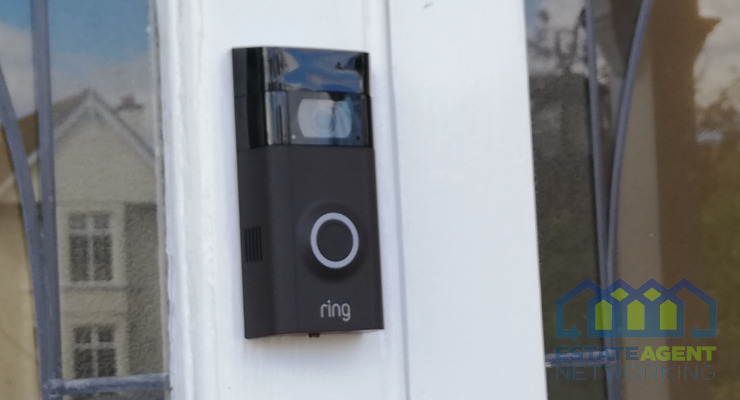Top Tips for Embracing Home Automation
New technology is emerging all the time, and there are so many new products on the market so navigating the home automation sector can be a challenge. But there are many benefits to automating your property, from saving time and greater efficiency to energy-saving. If you’re keen to embrace this technology, here are some suggestions on areas of your home that can benefit from home automation.
What Does Home Automation Involve?
From being able to open and close your curtains remotely to setting each room of your property to the ideal temperature, and having your favourite music streaming whenever you want, home automation can save you a lot of time. Home automation makes use of technology to control different appliances around the home, from alarm systems to lighting. Many automation systems connect to the internet so you can control different appliances and features of your home with Wi-Fi access.
Home automation spans several categories, including: entertainment, efficiency, environment, lifestyle and energy. Entertainment automation includes your internet streaming services and music, while efficiency involves controlling everyday tasks. Your environmental controls command elements like heating and cooling systems, lighting and sprinkler systems in your garden; lifestyle controls add value to your lifestyle, such as electronic garage doors. Finally, energy controls aim to reduce your expenditure on things like energy usage and minimising waste.
Key Areas of Home Automation
The possibilities for home automation are virtually endless, but these are some of the most popular and beneficial areas of your home to automate first.
Curtains and Blinds
Curtains and blinds are some of the most popular features of a home to automate, as they are elements of the home that you use every day. Smart blinds don’t just add a wow factor – there are many benefits to installing electric blinds to your property. They are incredibly convenient, enabling you to open or close them from the comfort of your sofa, as well as improving the aesthetics of each room. But another benefit that often gets overlooked is that they can enhance security, as you can control them remotely, so it appears that people are home to deter intruders.
Heating
A Smart Thermostat and automated cooling systems are incredibly convenient and can help you to minimise energy costs, taking quite a bit off your heating bills each month as you can heat certain areas as you need to and to exact temperatures. Some heating systems work by using sensors, providing further control by monitoring the temperature of the room and adjusting accordingly. So, if you have a window open, for example, the system will change the heat in that room to accommodate.
Lighting
Being able to adjust the lighting makes it easier to set the scene, as you can turn the power off quickly, or switch lights on and off from the sofa or bed. It’s one of the most common features of home automation and certainly a feature that you’ll wonder how you ever did without it. Smart lighting can be installed to connect to systems like Alexa, allowing you to control your lights through voice command.
Security
Homeowners are much more aware of the need for security measures, and technology is something that can help enormously with this. From doorbells that connect with your phone to electric gates that minimise access to your property, there are several ways to combine automation with security to keep your property and belongings safe and secure. Another benefit is that many products can work in conjunction with others so you can create a compatible set-up that provides peace of mind.
Conclusion
There are endless possibilities for home automation systems and depending on your budget, you could spend thousands upgrading each area of your home to connect to smart technology. It’s a good idea to plan your home automation in advance and think about what you really need – are you more interested in creating a smart audio-visual set-up or is convenience the main focus? From here, you can look at different products and assess how they work with your budget.









